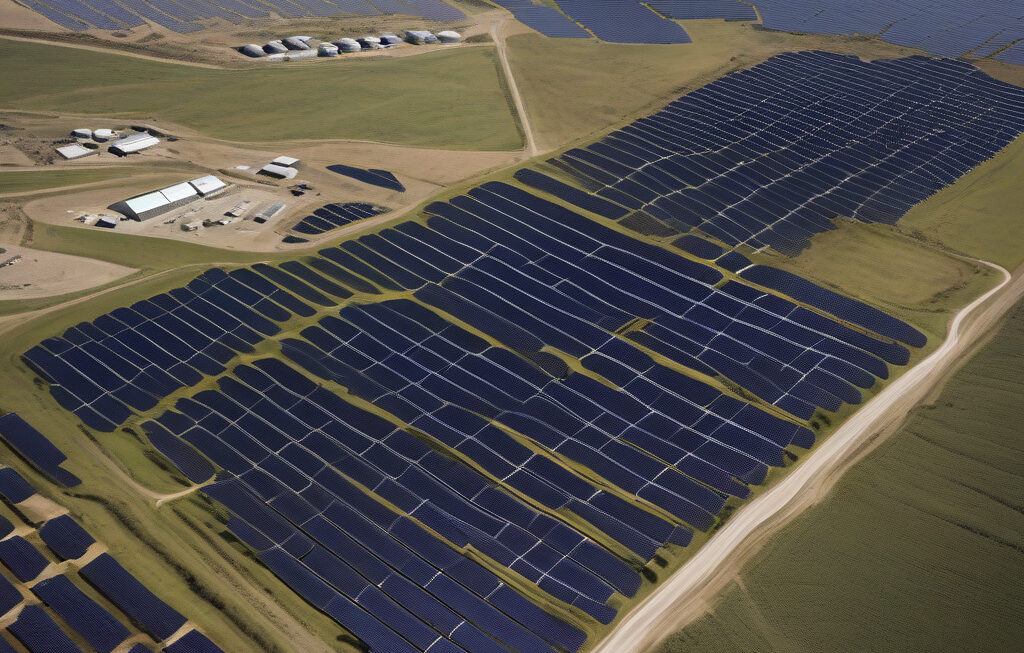Breakthrough turns carbon dioxide into high-strength plastics using clean power
What once choked the skies could soon shape the future of plastic production. In a groundbreaking development, researchers have discovered a way to convert carbon dioxide, a notorious greenhouse gas, into high-strength plastics using clean power sources. This innovation not only addresses environmental concerns but also offers a sustainable solution to the plastic pollution crisis that has been plaguing the planet for decades.
Traditionally, the production of plastics heavily relies on fossil fuels, contributing to carbon emissions and environmental degradation. However, with this new breakthrough, scientists have found a way to utilize carbon dioxide, captured from industrial emissions or directly from the atmosphere, as a feedstock for creating durable and versatile plastics. By harnessing renewable energy sources such as solar or wind power to drive the conversion process, the entire production cycle becomes significantly more eco-friendly.
The key to this innovative process lies in the chemical transformation of carbon dioxide molecules into polymer chains through a series of reactions. By carefully controlling the conditions and catalysts involved, researchers can tailor the properties of the resulting plastics to meet specific performance requirements. From lightweight and flexible packaging materials to robust components for various industries, the potential applications of these carbon dioxide-derived plastics are vast.
One of the major advantages of this technology is its ability to close the carbon loop, effectively turning a harmful greenhouse gas into a valuable resource. By sequestering carbon dioxide in the form of durable products, this approach helps mitigate climate change while reducing the demand for virgin fossil fuels. Additionally, the resulting plastics exhibit excellent mechanical properties, making them suitable for a wide range of commercial uses.
Beyond environmental benefits, the shift towards carbon dioxide-based plastics also carries economic implications. As sustainability becomes a growing priority for consumers and regulatory bodies worldwide, companies that embrace these innovative materials stand to gain a competitive edge in the market. By aligning with the principles of the circular economy and reducing their carbon footprint, businesses can enhance their brand reputation and appeal to environmentally conscious customers.
Moreover, the scalability of this technology offers promise for large-scale industrial applications. With further research and investment, it is conceivable that carbon dioxide could become a mainstream feedstock for the plastics industry, displacing conventional petrochemical sources in the long run. This transition would not only reduce emissions but also foster a more sustainable and resilient supply chain for plastic products.
In conclusion, the breakthrough that enables the conversion of carbon dioxide into high-strength plastics using clean power represents a significant step towards a greener and more sustainable future. By harnessing the power of innovation and chemistry, researchers have unlocked a pathway to transform a pollutant into a valuable resource, paving the way for a circular economy where waste is minimized, and environmental impact is reduced. As this technology continues to evolve, it holds the potential to revolutionize the plastics industry and contribute to a more sustainable world for generations to come.
environment, innovation, sustainability, plastics, carbon dioxide












